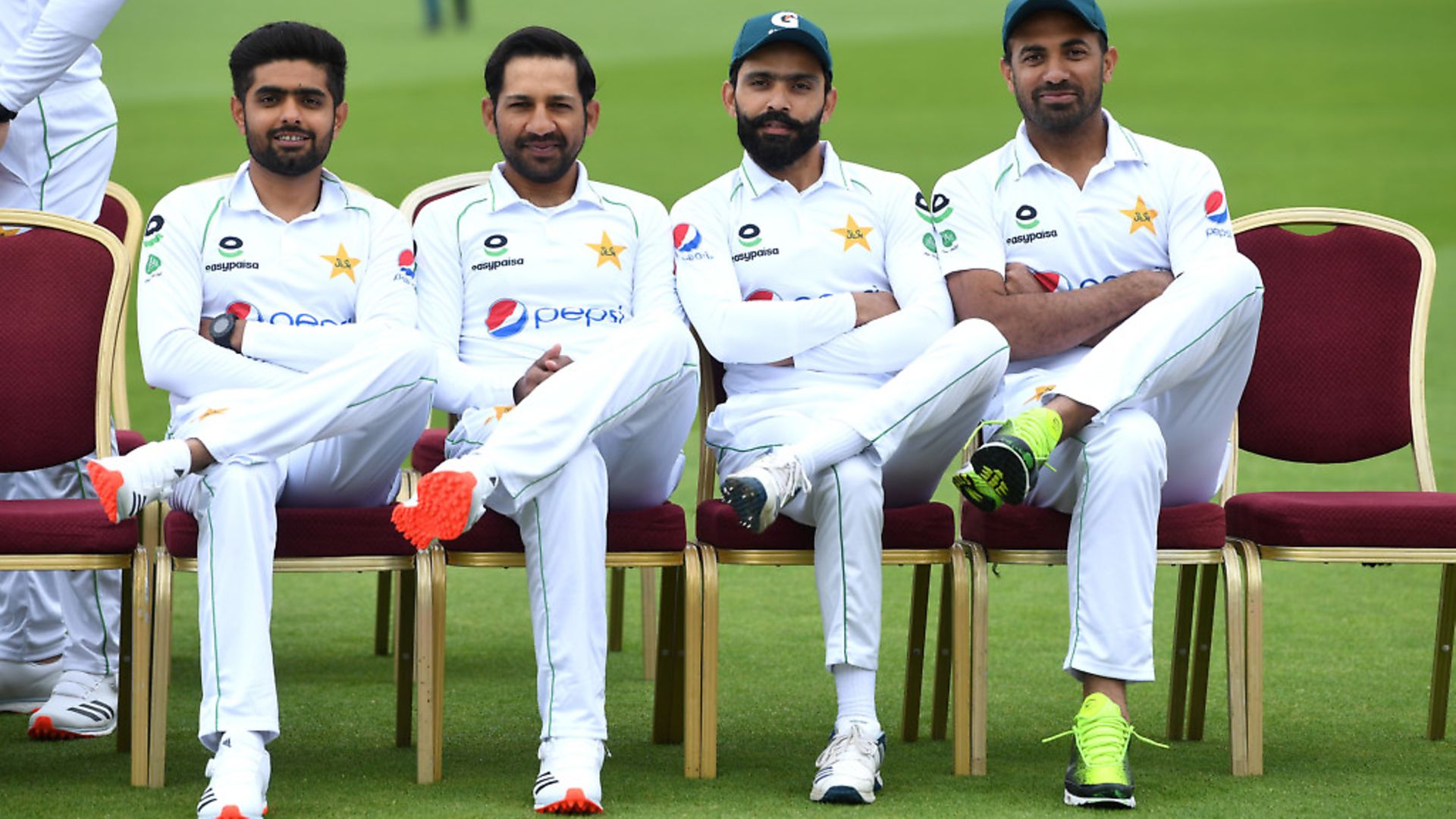
PETER TRUDGILL on three languages that can give the country’s cricketers an edge over their opponents.
During the recent Test Match between England and Pakistan at the Ageas Bowl in Southampton, cricket fans may have seen or heard Aatif Nawaz – actor, writer, comedian, and cricket commentator – presenting a very interesting discussion on the BBC about communication in the Pakistani team. He talked about what the Pakistan players were actually calling out to each other in the field as they commented on the play and shouted encouragement. And, fascinatingly, he revealed that they were actually doing this in three languages: Pashto, Punjabi, and Urdu.
It can be very helpful to cricket teams from Pakistan, India, Bangladesh, and Sri Lanka to be able to communicate with one another on the field without their mostly monolingual English, Australian, New Zealand and West Indian rivals being able to understand what they are saying. They themselves can also speak and understand English, of course.
Pashto, Punjabi, and Urdu are, as it happens, also the major languages spoken amongst the Pakistani community here in Britain, in addition to English. Other languages spoken by people of Pakistani origin in the UK include Kashmiri and Balochi.
As this suggests, Pakistan itself is a multilingual nation, and the language situation there is complex. English has traditionally played an important role in Pakistan and is still taught and used in schools. It is also employed as the major means of intra-national communication in the government and armed forces, and amongst intellectuals.
Punjabi – which is also spoken by millions of people in neighbouring India – is spoken natively by about 50% of the population of Pakistan, while Pashto – which is also one of the major languages of Afghanistan – is spoken by around 20%. The next largest language in Pakistan in terms of numbers of speakers is Sindhi, at around 15%; this, too, is also spoken in India.
The third language that we heard from the cricketers, Urdu, is the only official language of Pakistan, but it is the mother tongue of rather less than 10% of the population. Most of these speakers are Muslim people who arrived from India at the time of the partition in 1947, or their descendants, many of them now living in the largest city, Karachi, and elsewhere in the province of Sindh. It is very striking that the official language of Pakistan is not indigenous to the country.
Urdu is basically the same language as Hindi, and the two are sometimes referred to collectively as Hindi-Urdu or Hindustani. Urdu and Hindi are entirely mutually intelligible at the level of everyday speech, but the formal and written varieties of the languages are significantly different: Urdu is written in a Perso-Arabic script, and Hindi in the Devanagari script. And, while Hindi takes much of its formal and technical vocabulary from the ancient Indian language Sanskrit, Urdu has adopted most of its learned vocabulary from Persian.
Nearly all of the languages of Pakistan are members of the Indo-Iranian sub-family of Indo-European languages. Pashto is an Eastern Iranian language, and Balochi is classified as Northwestern Iranian. Punjabi, Hindi-Urdu and Sindhi are Indo-Aryan languages – like Bengali, Gujarati, Rajasthani, Marathi, Nepali, Assamese, Singhalese and Romani. Kashmiri is a member of the Dardic sub-branch of Indo-Aryan.
The exception is the non-Indo-Iranian Brahui language, which is spoken in part of Pakistani Balochistan. Astonishingly, Brahui is a Dravidian language which is part of the same language family as the southern Indian languages Tamil, Telugu, and Malayalam, which are spoken over a thousand miles from the Brahui homeland. How this situation came about is unknown, but it may be that Dravidian languages were formerly spoken much further north than they mostly are today, being driven south by Indo-Iranian languages as these moved in from the north – which is certainly where they originally came from.
As far as I know, there are no Brahui speakers in the current Pakistan cricket squad.









